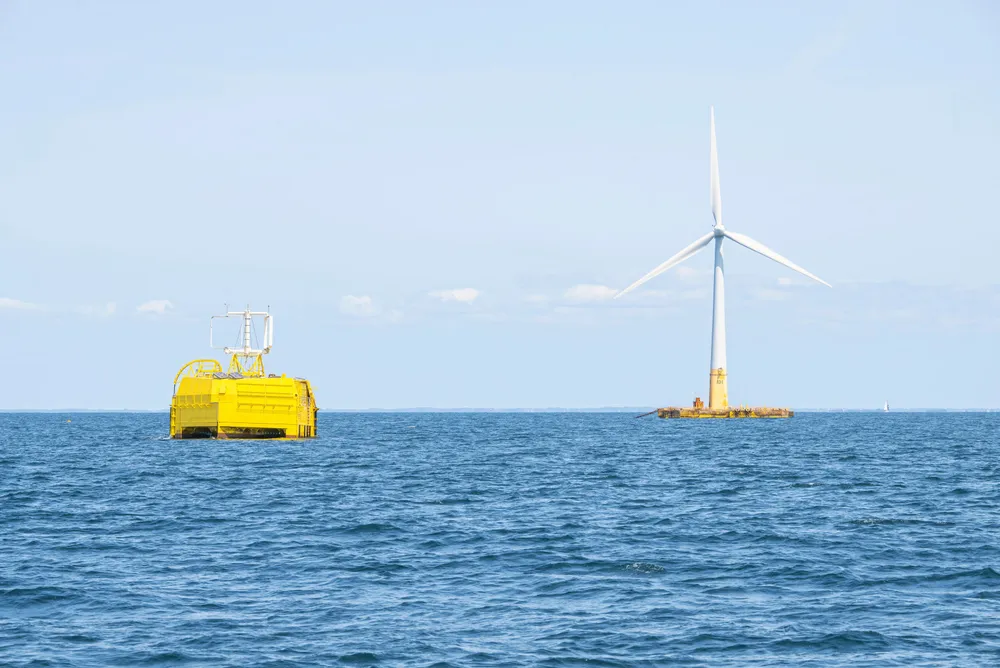Europe's first offshore hydrogen pilot saw electrolyser performance 'as high as on land'
Lhyfe’s floating 1MW electrolyser withstood five storms during its six months at sea

Lhyfe’s floating 1MW electrolyser withstood five storms during its six months at sea
